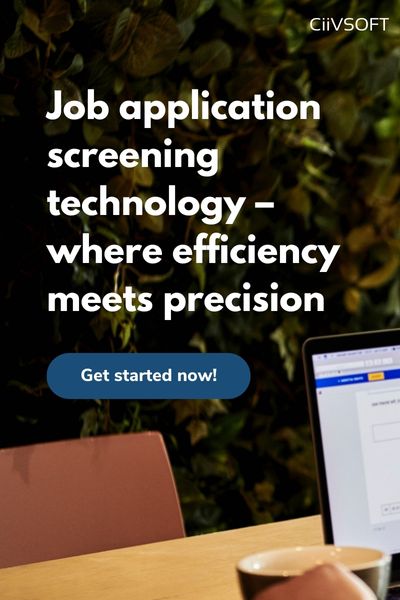The Illusion of Objectivity: Unmasking Bias in Recruitment Processes
Picture this: You’re sitting in a sleek conference room, surrounded by stacks of resumes and a panel of professionals diligently assessing candidates for a coveted position. The goal? To find the most qualified person for the job, based solely on their skills and qualifications. Sounds fair and objective, right? Well, not so fast. In the world of recruitment, hidden biases often lurk beneath the surface, silently influencing decisions and perpetuating inequalities. In this thought-provoking blog, we delve into the illusion of objectivity in recruitment, peeling back the layers to reveal the biases that can sway our judgments. So, grab a cup of coffee, settle in, and let’s unmask the truth behind bias in the hiring process.
Unveiling Unconscious Bias: The Sneaky Culprit
Ah, the mysteries of the human mind! Unconscious biases, also known as implicit biases, are those ingrained stereotypes or attitudes that influence our judgments and decisions without us even realizing it. They can creep into our assessments, subtly shaping our opinions of candidates based on factors like race, gender, age, and social background. Yes, it’s true—even the most well-intentioned recruiters can fall prey to these sneaky culprits. The key lies in recognizing and addressing these biases head-on through training, diversity initiatives, and structured selection processes. By shedding light on our blind spots, we can take meaningful steps towards fairer evaluations.
The Halo and Horns Effect: Angels and Devils in Disguise
Picture this scenario: A candidate walks into the interview room and immediately impresses you with their charisma and confidence. Suddenly, everything they say seems gold-plated, and you can’t help but feel they’re the perfect fit for the role. That, my friends, is the halo effect at work—an initial positive impression clouding our judgment and influencing subsequent perceptions. On the flip side, the horns effect is its mischievous counterpart, where a single negative impression taints our perception of a candidate. These cognitive biases can lead to unfair evaluations and narrow perspectives. To combat their influence, we need to implement structured evaluations and ensure multiple assessors are involved to mitigate the impact of these charming (or not-so-charming) first impressions.
Overcoming Confirmation Bias: Seeking the Truth, not Our Truth
Ah, confirmation bias—the tricky habit of seeking information that confirms our existing beliefs while conveniently ignoring or downplaying conflicting evidence. In recruitment, this bias can manifest as cherry-picking information that aligns with our preconceived notions about a candidate, rather than objectively evaluating their qualifications. We’re all guilty of it to some degree, but overcoming this bias is crucial for unbiased decision-making. By fostering open-mindedness, encouraging evidence-based assessments, and actively seeking diverse perspectives, we can break free from the grip of confirmation bias and embrace a more fair and objective approach to candidate evaluation.
Addressing Systemic Bias: Challenging the Status Quo
Now, let’s zoom out and take a look at the bigger picture. Systemic biases—those deeply embedded in recruitment processes—can pose significant barriers for certain groups, perpetuating inequalities and hindering diversity. Think about biased job descriptions, limited access to networks, and discriminatory screening criteria. These systemic barriers can prevent talented individuals from even getting a foot in the door. To combat this, we must critically examine and redesign recruitment practices, ensuring they are inclusive and unbiased. By reevaluating job descriptions, broadening our talent pools, and implementing fair screening methods, we can begin to dismantle these systemic barriers and level the playing field.
The Pursuit Of Fairness In Recruitment
There you have it—the truth behind the illusion of objectivity in recruitment. It’s not a straightforward path, and biases can be crafty foes, but awareness and proactive measures are key to overcoming them. By acknowledging the existence of unconscious biases, challenging the halo and horns effect, combating confirmation bias, and addressing systemic barriers, we can pave the way for a more inclusive and equitable hiring process. So, let’s roll up our sleeves, embrace change, and strive for a recruitment world where talent truly shines, unobscured by the veils of bias.








